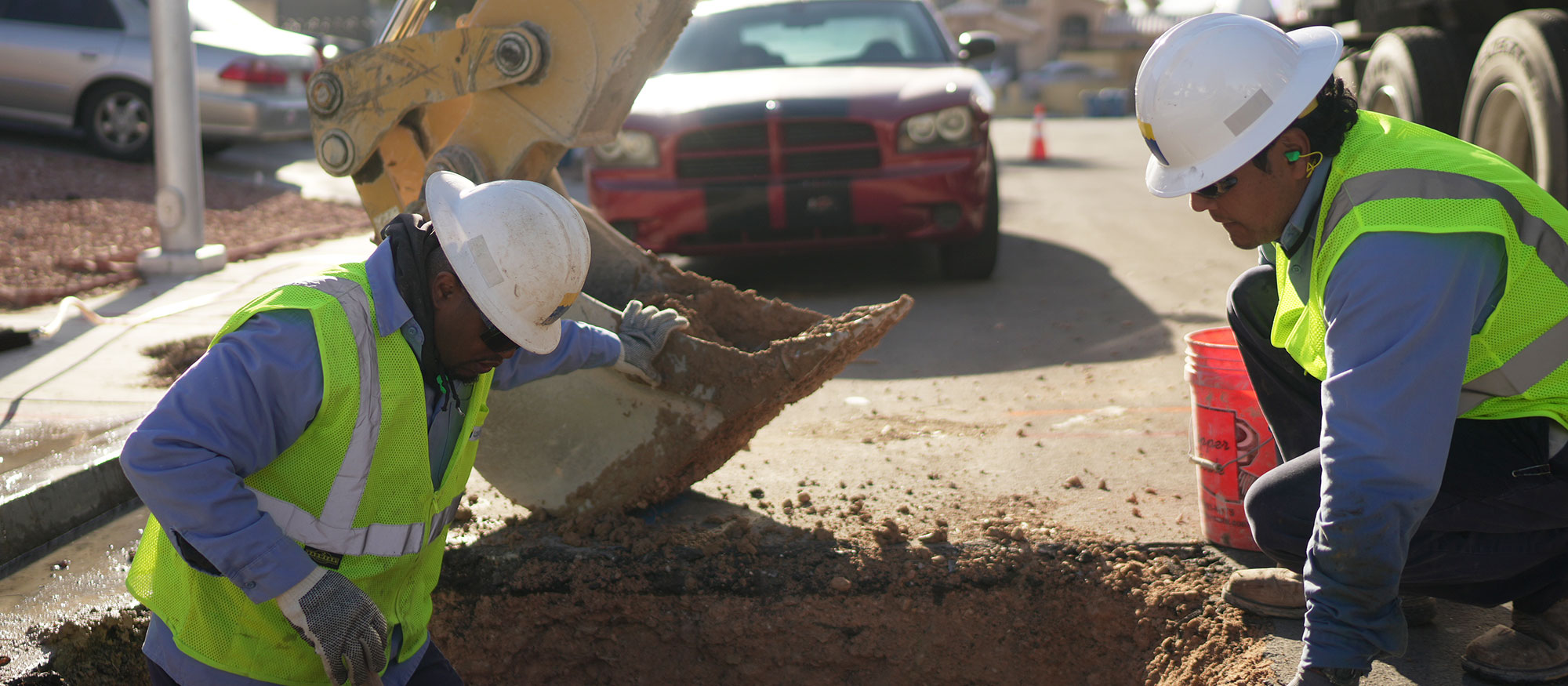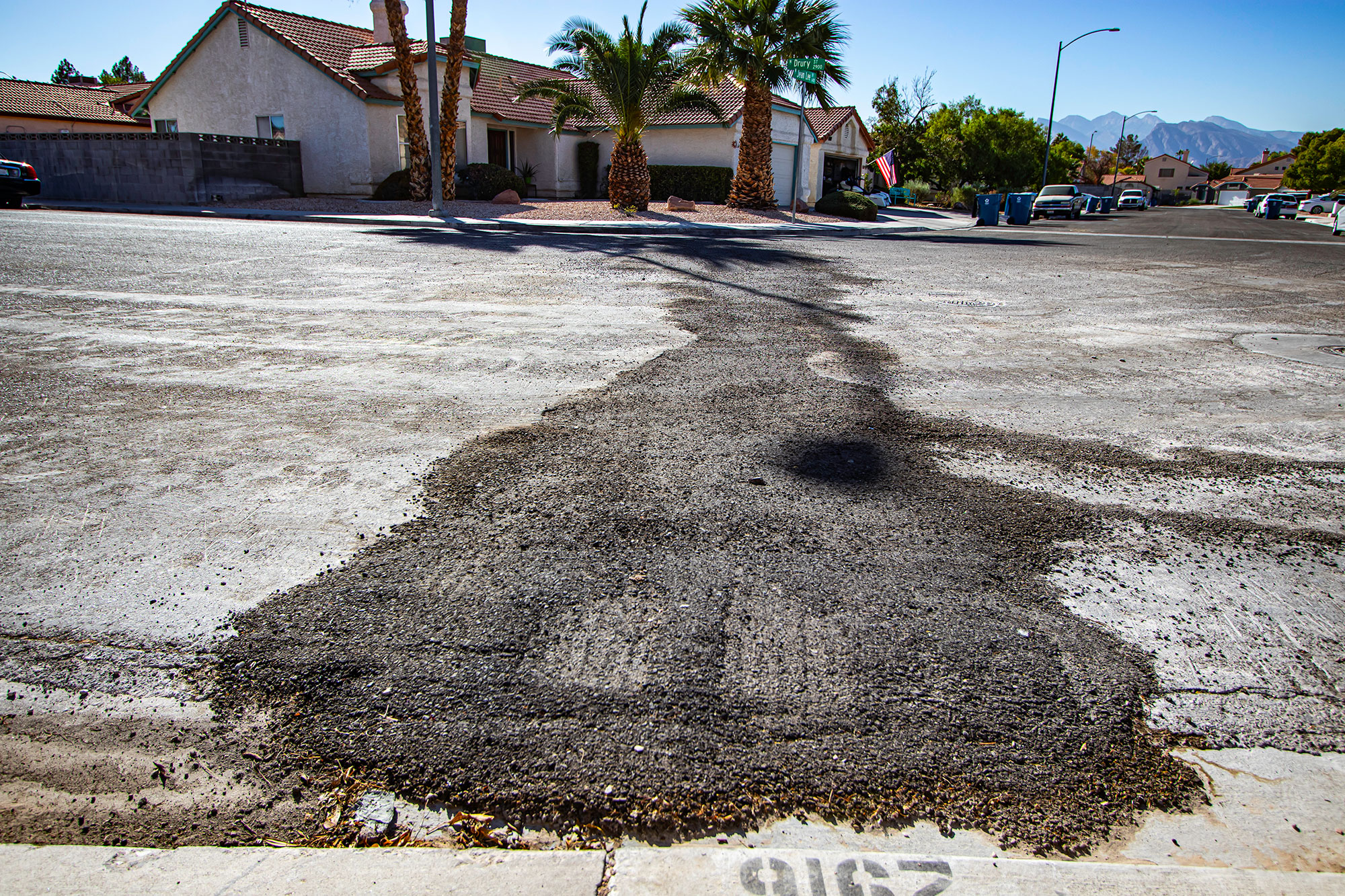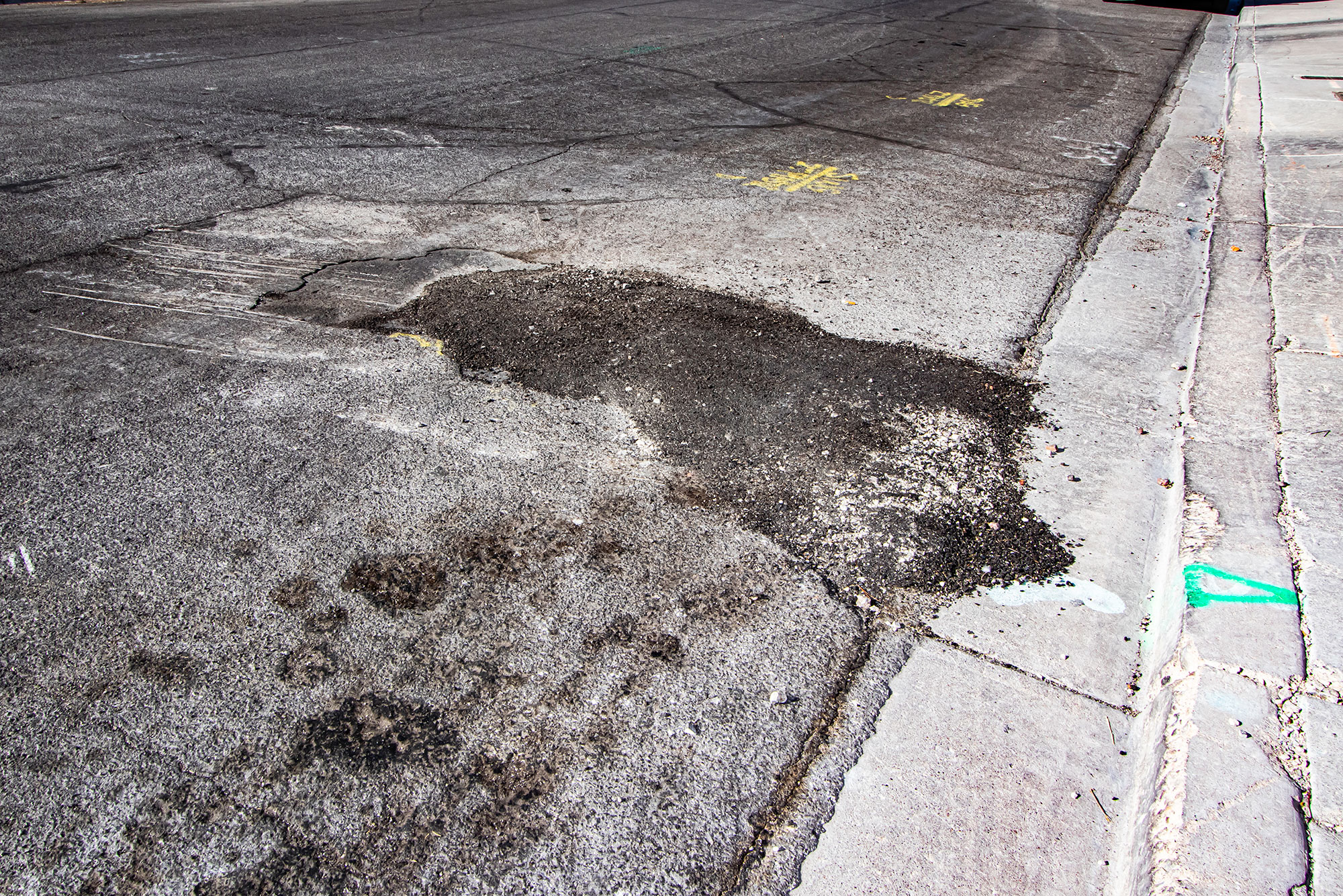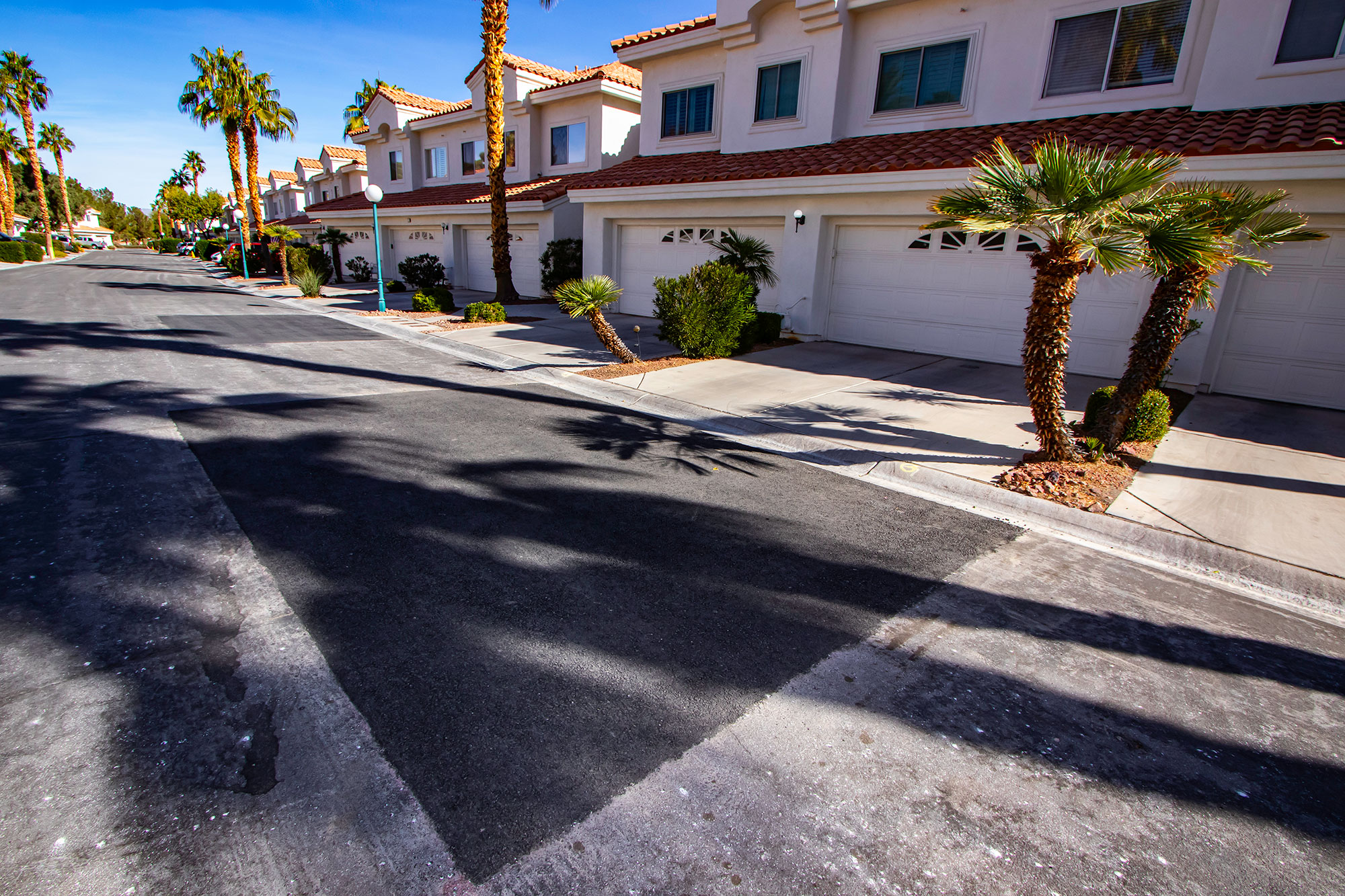With thousands of miles of pipe in the Las Vegas Valley Water District network, locating leaks in the valley’s water system can be a daunting task.
To help track leaks down before they become a problem, the Water District uses an acoustic leak detection system that "listens" for water leaking underground and pinpoints where leaks are occurring.
This system is critical to water conservation efforts, and has led to the discovery of thousands of underground leaks and saved hundreds of millions of gallons of water.
If a water system leak is being repaired in your neighborhood or along your commute, check the details below for information on the process.
Need to report a leak?
Call Customer Care at 702-870-4194 to report potential water system issues, including suspected leaks from water mains, service lines, valves, meters and public fire hydrants.
Need to report water waste?
See water running off a property, someone watering on the wrong day, or broken irrigation?
Report Water Waste OnlineLeak repair process
- Detect the leak
Different types of leaks occur in the water system, including in meters, pipelines, valves, fire hydrants, backflow prevention devices, and more. Some leaks are easily identified by visible flowing or dripping water while others are less obvious. - Repair the leak
When a leak is identified, district crews will determine whether the leak is an emergency or non-emergency, depending on:- The nature and severity of the leak.
- The level of hazard posed to the public.
- The risk of potential damage to property or roadways.
- Impacts to traffic and customers.
- Mark underground utilities
Before repairs can begin, local utilities are mandated by Nevada law to locate and mark underground infrastructure. The district will submit a Call Before You Dig request to have gas, power, sewer and communication lines marked. This protects underground utility lines from damage and helps ensure public safety, as well as the safety of utility workers.- Emergency repairs: The process is expedited, and lines are marked within hours.
- Non-emergency repairs: The process—by law—requires a minimum of 48 business hours to complete line locations. System leak repairs are scheduled daily and may occur after-hours to minimize impacts to customers and the public. Utility marks are not removed by district crews and will fade over time.
- Repair asphalt and sidewalk
After water system repairs are complete, district crews will temporarily patch the roadway and any affected sidewalk panels. Temporary patches allow roads to be reopened as soon as possible and allow underground soils to fully dry and settle before installing a final asphalt patch.
The district's asphalt contractor will install the final asphalt patch and repair sidewalks or curbs within the next three to six months in accordance with city and county standards. If you have questions about when a temporary patch is scheduled to be replaced, send us an email.



